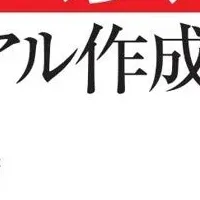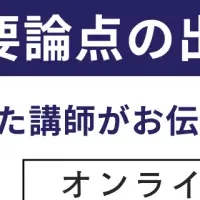
Wuhan and Huawei Collaborate on Global Digital Transformation Demonstration at MWC 2025
Introduction
At the Mobile World Congress (MWC) 2025 held in Barcelona, a significant collaboration between Huawei and the Wuhan City Operation Center was unveiled, showcasing a new international demonstration site. This initiative aims to highlight the relentless pursuit of digital transformation within urban governance, integrating cutting-edge technologies for improved city management and sustainability.
The Collaborative Effort
The event, attended by key figures including Geng Feng from the Wuhan City Operation Center and Yan Chuanlei from Huawei's Wuhan Business Department, marked a critical step in harnessing innovative approaches to urban governance. Their joint mission is to explore the best practices in digital urban transformation and promote global standards for technology governance. As stated by Bai Rubing, overseas marketing director at Raychange, this collaboration underscores Wuhan’s role in the emerging wave of smart city development.
Leveraging Digital Twin Technology
A central aspect of this initiative is the implementation of digital twin technology. This platform is designed to seamlessly integrate various urban management systems, allowing for real-time data visualization and decision-making. The 3D digital twin of Wuhan spans an area of 1,200 square kilometers, employing satellite remote sensing, precise modeling, and Building Information Modeling (BIM) technologies to monitor over 900 urban indicators, including incidents like fires and traffic accidents. This connectivity is crucial as it enables immediate alerts and coordinated responses, effectively diminishing risks associated with urban incidents.
Empowering Smart City Governance with AI
Further integrating artificial intelligence into urban management, Huawei’s digital twin technology aids in dynamic simulations, risk identification, and data integration. By analyzing traffic and weather data, the platform is capable of predicting congestion during peak times, thus optimizing urban flow. Additionally, the AI system continuously monitors infrastructure such as bridges and gas pipelines, allowing for the identification of potential hazards before they escalate into incidents. This proactive approach has led to remarkable improvements: a decrease in gas-related accidents by 60% and urban traffic congestion by 15%, elevating citizen satisfaction to an impressive 98%.
Future Prospects
Looking ahead, Huawei and Wuhan plan to deepen their partnership, pushing the envelope for digital and intelligent city transformations. They aspire to share Wuhan’s innovative practices globally, ensuring that advancements in digital technology contribute positively to urban environments around the world. This commitment to sustainable urban development epitomizes the essence of modern governance—where cities are not merely managed but transformed into living, intelligent entities that adapt and respond to the needs of their inhabitants.
Conclusion
The pioneering efforts of Huawei and the Wuhan City Operation Center embody a pivotal stride towards smarter cities. By embracing advanced technologies, they are setting a benchmark for urban governance and sustainability. The MWC 2025 serve as a catalyst for not just promoting their vision but also inspiring other cities to harness the power of digital transformation for a sustainable future.
Topics Business Technology)










【About Using Articles】
You can freely use the title and article content by linking to the page where the article is posted.
※ Images cannot be used.
【About Links】
Links are free to use.